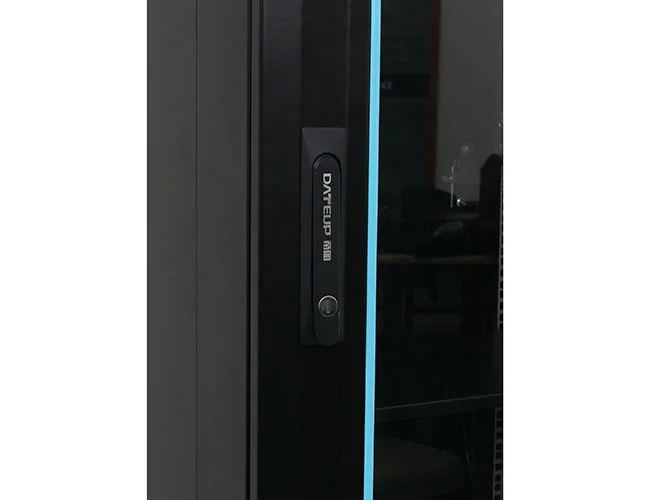News
Site Editor
 Site
https://leonetworkgroup.usa18.wondercdn.com/uploads/image/5fe152faa587d.png
OLT stands for Optical Line Terminal, which is a device used in Fiber-to-the-Home (FTTH), Fiber-to-the-Building (FTTB), and Fiber-to-the-Curb (FTTC) architecture to connect the optical fiber network from the service provider's central office to a customer's premises. OLT receives data from the provider's core network, aggregates it, and then sends it via optical fibers to Optical Network Terminals
Site
https://leonetworkgroup.usa18.wondercdn.com/uploads/image/5fe152faa587d.png
OLT stands for Optical Line Terminal, which is a device used in Fiber-to-the-Home (FTTH), Fiber-to-the-Building (FTTB), and Fiber-to-the-Curb (FTTC) architecture to connect the optical fiber network from the service provider's central office to a customer's premises. OLT receives data from the provider's core network, aggregates it, and then sends it via optical fibers to Optical Network Terminals
What Is Olt And Onu
Views: 416
Author: Site Editor
Publish Time: 2023-07-11
Origin: Site
OLT stands for Optical Line Terminal, which is a device used in Fiber-to-the-Home (FTTH), Fiber-to-the-Building (FTTB), and Fiber-to-the-Curb (FTTC) architecture to connect the optical fiber network from the service provider's central office to a customer's premises. OLT receives data from the provider's core network, aggregates it, and then sends it via optical fibers to Optical Network Terminals (ONTs) or Optical Network Units (ONUs) located at the end-users’ premises.
An ONU, on the other hand, is an optical network unit that serves as a user terminal in Fiber to the Home (FTTH) networks. It is installed either inside or outside the subscriber's building, and it receives the optical signal from the OLT and converts it into an electrical signal that can be used by the customer's telecommunication devices. The ONU usually has several Ethernet ports to connect to multiple devices, such as computers, routers, and digital TVs, enabling high-speed internet, TV, and VoIP services.
The separation of OLT and ONU reduces the cost of deploying fiber networks as the ONU can be installed close to the subscriber's premises, which eliminates the need for complicated network equipment and reduces the amount of fiber required. Also, the use of OLTs and ONUs enables service providers to deliver various triple-play services such as high-speed internet, television, and voice services effortlessly.
In conclusion, the OLT and ONU play crucial roles in fiber optic communication networks, particularly in delivering high-speed internet, television, and voice services. The separation of OLT and ONU reduces the amount of fiber required to deploy fiber networks, making it cheaper and more efficient to provide services to customers.
If you want to know more about industrial network cabinet,china fiber optic splice closure,china fiber optic distribution box,please consult the fiber optic splice closure factory









